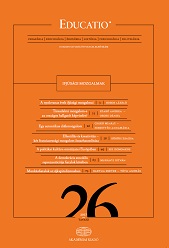Comparison of brain connectivity between Internet gambling disorder and Internet gaming disorder: A preliminary study
Given the similarities in clinical symptoms, Internet gaming disorder (IGD) is thought to be diagnostically similar to Internet-based gambling disorder (ibGD). However, cognitive enhancement and educational use of Internet gaming suggest that the two disorders derive from different neurobiological mechanisms. The goal of this study was to compare subjects with ibGD to those with IGD. Methods: Fifteen patients with IGD, 14 patients with ibGD, and 15 healthy control subjects were included in this study. Resting-state functional magnetic resonance imaging data for all participants were acquired using a 3.0 Tesla MRI scanner (Philips, Eindhoven, The Netherlands). Seed-based analyses, the three brain networks of default mode, cognitive control, and reward circuitry, were performed. Results: Both IGD and ibGD groups demonstrated decreased functional connectivity (FC) within the default-mode network (DMN) (family-wise error p < .001) compared with healthy control subjects. However, the IGD group demonstrated increased FC within the cognitive network compared with both the ibGD (p < .01) and healthy control groups (p < .01). In contrast, the ibGD group demonstrated increased FC within the reward circuitry compared with both IGD (p < .01) and healthy control subjects (p < .01). Discussion and conclusions: The IGD and ibGD groups shared the characteristic of decreased FC in the DMN. However, the IGD group demonstrated increased FC within the cognitive network compared with both ibGD and healthy comparison groups.
More...
